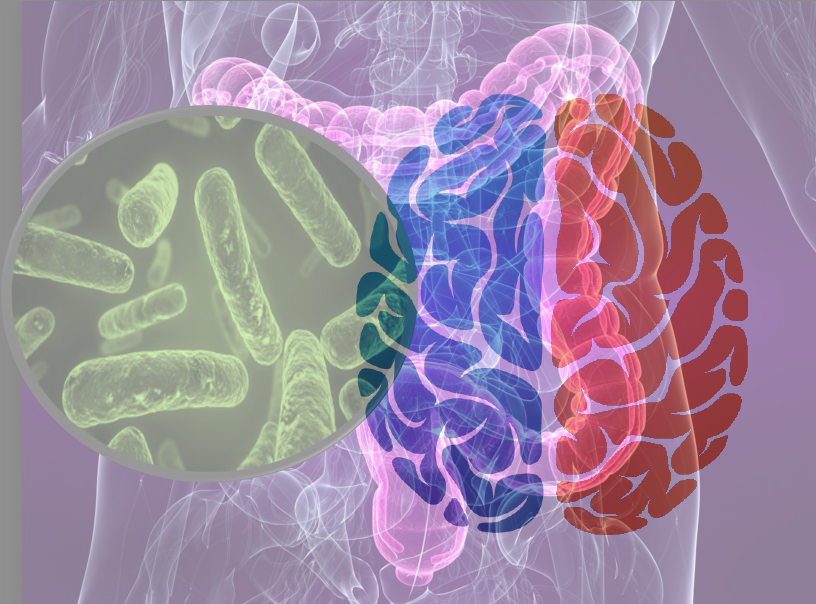Gut justice
[Draft 7-1-2021]

Jared awoke to silence. That was odd. His mempories were clouded, but he felt that noise was a more common experience. And he felt calm. Which also seemed odd.
He was in a sparsely furnished but clean room. Styled with calm colors. Daylight filtered through drapes on a nearby window. A comfortable place. But where?
He heard a door open. A female voice asked, “Jared, how are you feeling? Do you remember our last chat?”
“Well, …” He rotated his position toward the voice and saw a woman wearing a white medical uniform. With a name tag. “You’re doctor Byrd. I feel good.” He gazed at her, feeling eager to talk. “Hungry.”
“Excellent,” she repied. “Why don’t we visit the cafeteria. You can pick whatever you like. Your regular clothes are on the chair. I’ll be back in 10 minutes.”
“Okay.” He felt so agreeable. He calmly rose and got ready.
The cafeteria wasn’t that busy. Maybe a dozen or so others. A diverse group of people. He found the place interesting. A nice place to eat.
Doctor Byrd guided him through the buffet line. “Would you like to sit at a table?”
“Sure,” he said with only a slight hesitation. He wanted to stay, be social. That felt different but good.
The rage was gone. His poop was fixed.
© 2021 John P. Healy
Notes
Inspired by:
• Caltech Weekly > “Identifying the Neural Link Between Gut Bacteria and Social Behavior in Mice” by Lori Dajose (June 30, 2021) – How the gut microbiome affects a specific set of neurons responsible for proper social function in mice.
(from article) Transplants of fecal matter from mice with healthy gut microbiomes into these germ-free mice were sufficient to change the activity of these neurons and thus improve their social behavior. The researchers also identified a specific bacterial species that can increase sociability.
However, it is difficult to get these drugs into the right brain regions at the right concentrations, and much of the drug ends up throughout the body. Understanding the gut–brain connections adds to evidence that neuropsychiatric disorders can be indirectly improved by treating the gut microbiome, which is much easier to access pharmaceutically than the brain.
Germ-free mice that were colonized with E. faecalis showed improved social behaviors and lowered corticosterone levels. The mechanisms through which E. faecalis is able to mediate this improvement will be the subject of future research.
… the profound effects of the gut-brain connection … the molecular signals produced by gut microbes …
Glial cells are critical to maintaining a healthy brain & gut microbiome.
• Quanta Magazine > “In the Gut’s ‘Second Brain,’ Key Agents of Health Emerge” by Yasemin Saplakoglu (November 21, 2023) – Sitting alongside the neurons in your enteric nervous system are under-appreciated glial cells, which play key roles in digestion and disease that scientists are only just starting to understand.
Cf. Wired > Reprints by Yasemin Saplakoglu (Jan 14, 2024).